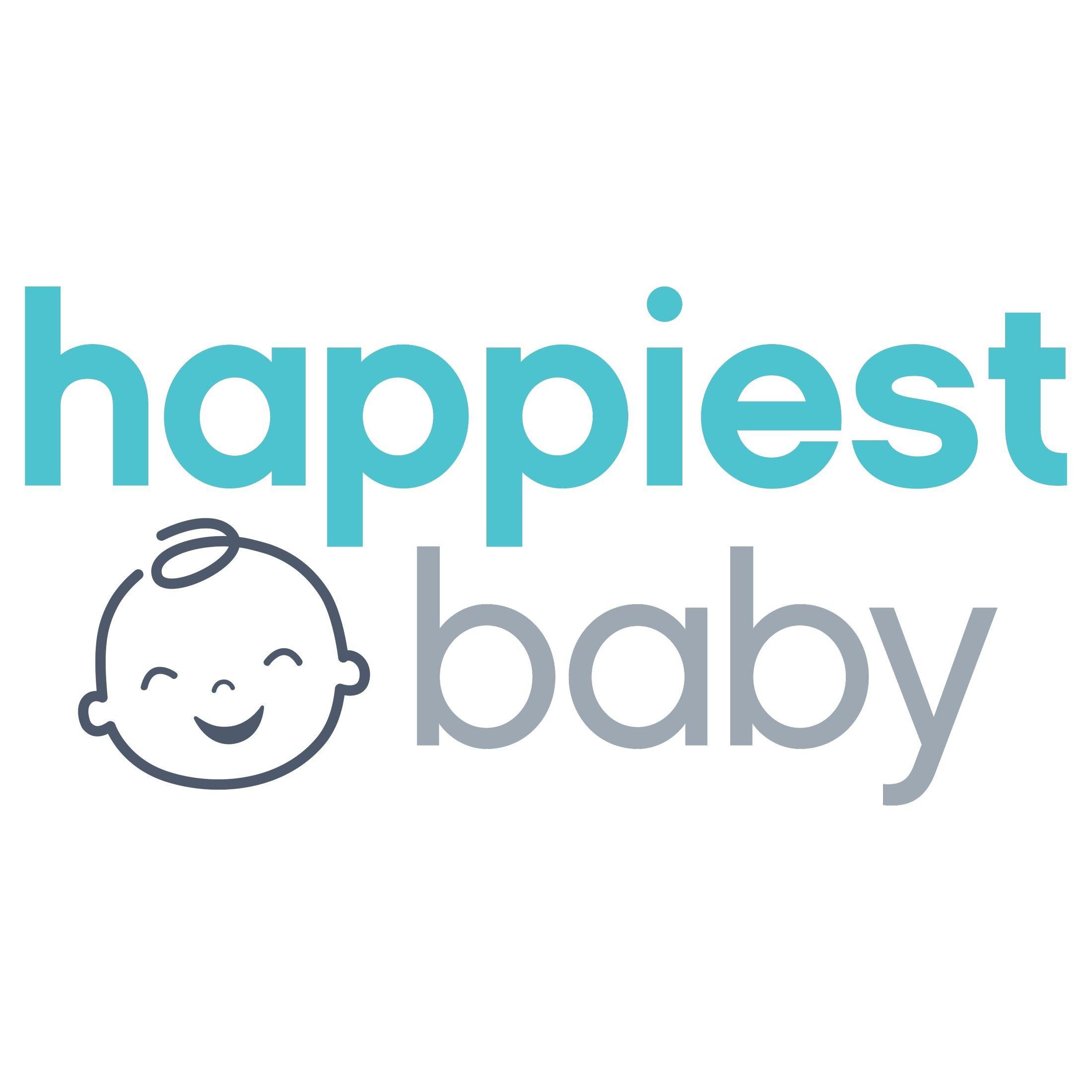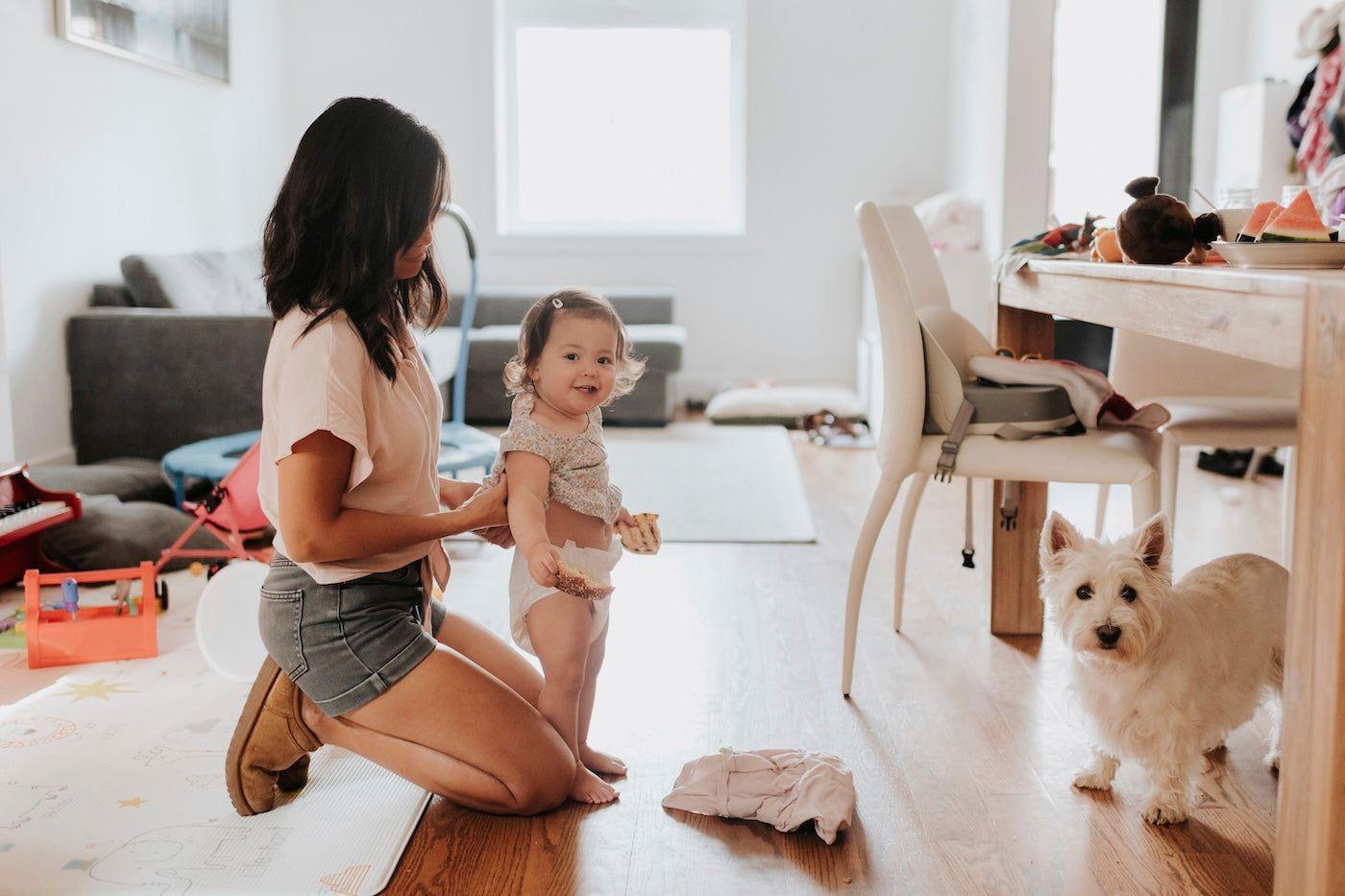TODDLER
How to Make a Toddler Schedule That Actually Works
Bring calm to the chaos!

Written by
Happiest Baby Staff

SHARE THIS ARTICLE
PARENT PICKS
Bestsellers
TODDLER

Written by
Happiest Baby Staff

SHARE THIS ARTICLE
Bestsellers
For toddler parents, the very idea of a “routine” might seem laughable when you’re raising a tiny whirlwind. Life with a toddler can swing wildly between the most adorable highs (Have you heard them try to say “strawberry”? And just look at that little face!) and the most epic, tear-streaked lows.
But a daily schedule can help parents bring a little calm to the chaos. A consistent routine doesn’t just make the day run smoother—it helps toddlers feel safe, seen, and secure. In fact, paediatrician Dr Harvey Karp, author of The Happiest Toddler on the Block, calls routines one of the “magic ingredients” for raising happier, more cooperative kids.
Dr Karp often reminds parents that toddlers are much less like miniature adults and more like… little cave-people! Their brains are still developing the skills needed for logic, patience, and impulse control. That’s why they may erupt if you serve their juice in the “wrong” cup. Routines help toddlers make sense of their world, cutting down on uncertainty and emotional overload that often leads to meltdowns.
A predictable daily rhythm gives toddlers some “external structure” while their “internal clock”—aka executive function—is still developing. That structure helps reduce power struggles, encourages cooperation, and supports emotional regulation.
Experts back what parents and paediatricians have long observed: Routines are good for children!
There’s no one-size-fits-all toddler routine, but here are some helpful elements to consider when creating yours:
Sleep makes everything better—and lack of it makes everything harder, especially when it comes to your toddler’s mood. Most toddlers need about 11 to 14 hours of sleep per 24 hours, including naps. (Learn more about toddler sleep needs.)
Routines don’t just structure the day—they ease the trickier bits. Think: getting dressed, leaving the house, mealtimes, and bedtime. Use the same steps each time and stick with them.
Just like adults, toddlers need a mix of movement, calm play, and quiet time. Aim for at least one opportunity each day for active play and one for gentle connection, like cuddling up with books or sensory activities.
While toddlers love predictability, a bit of flexibility is essential—for everyone’s sake. Life happens! Be ready with a plan B. And when things veer off schedule, remember your child is looking to you to model how to roll with it. Stay calm if you can!
Young toddlers benefit from visual schedules with pictures showing each part of the day. Even if they’re not speaking much yet, visual cues help them feel in control and ease tricky transitions.
Every toddler—and every family—is different! This sample routine offers a general guide, not a strict prescription. Feel free to tweak it to suit your household.
No need to micromanage every minute. But anchoring your toddler’s day with a steady routine can make life calmer and happier for everyone involved.
***
REFERENCES
Disclaimer: The information on our site is NOT medical advice for any specific person or condition. It is only meant as general information. If you have any medical questions and concerns about your child or yourself, please contact your health provider. Breastmilk is the best source of nutrition for babies. It is important that, in preparation for and during breastfeeding, mothers eat a healthy, balanced diet. Combined breast- and bottle-feeding in the first weeks of life may reduce the supply of a mother's breastmilk and reversing the decision not to breastfeed is difficult. If you do decide to use infant formula, you should follow instructions carefully.